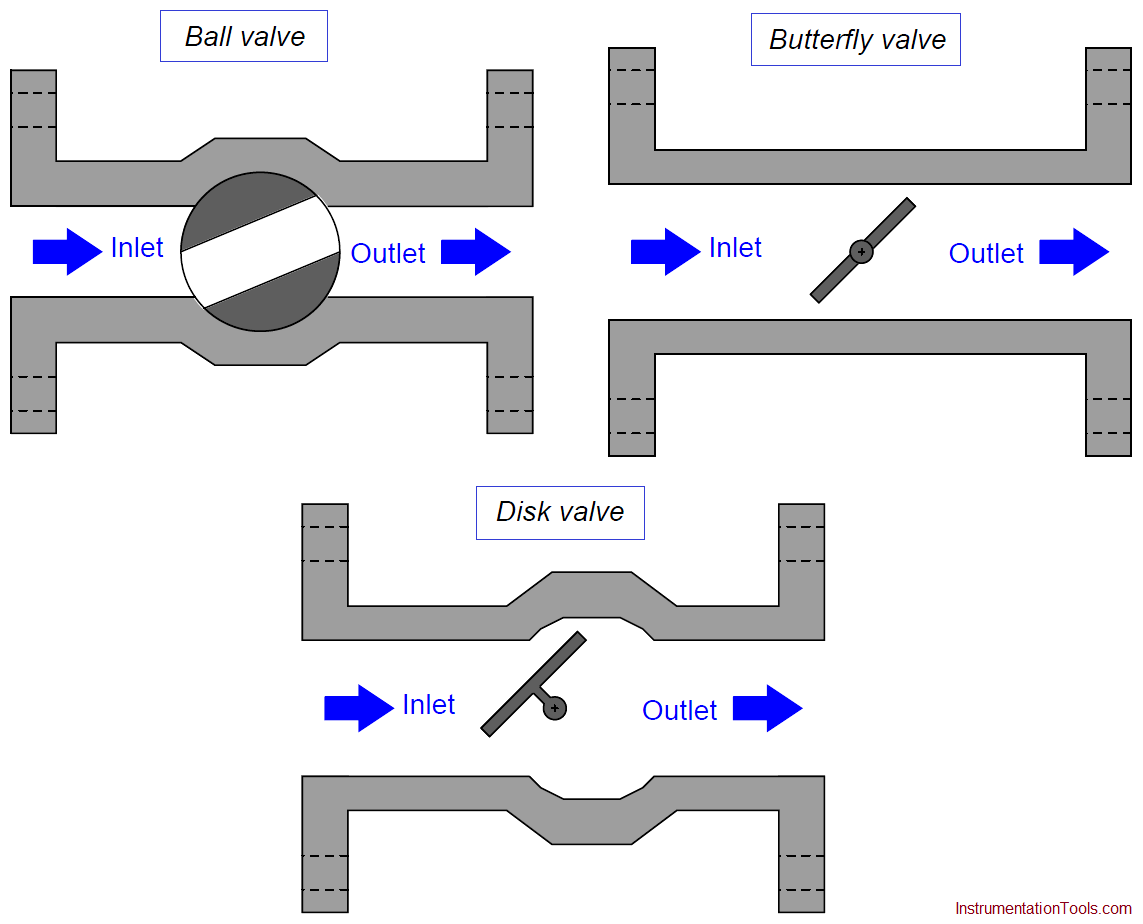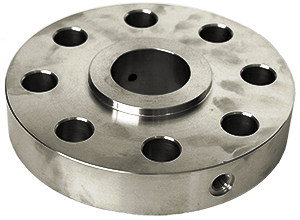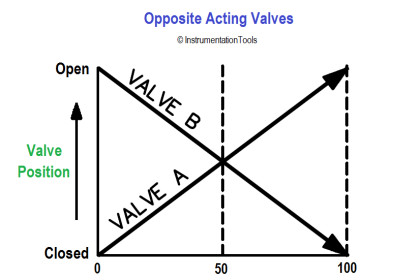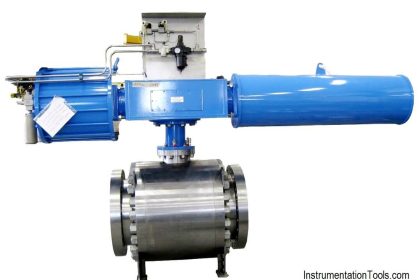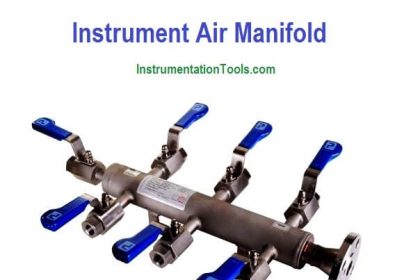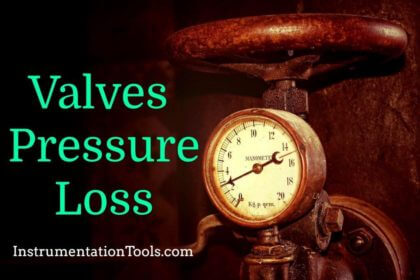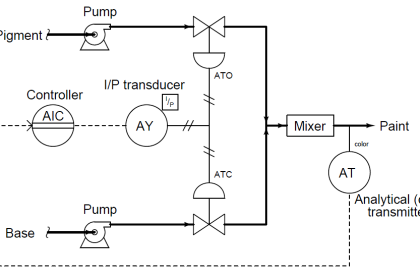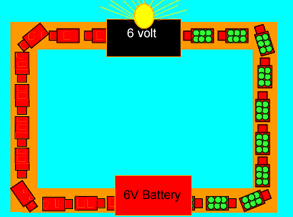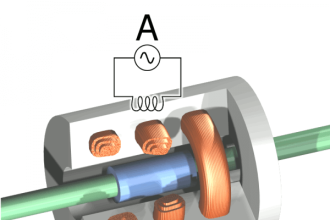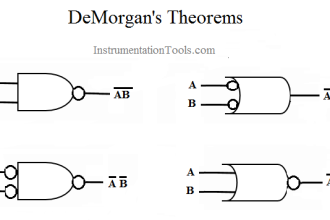A different strategy for controlling the flow of fluid is to insert a rotary element into the flow path. Instead of sliding a stem into and out of the valve body to actuate a throttling mechanism, rotary valves rely on the rotation of a shaft to actuate the trim.
An important advantage of rotary control valves over sliding-stem designs such as the globe valve and diaphragm valve is a virtually obstruction-less path for fluid when the valve is wide-open.
Rotary Stem Valves
Of course, gate valves also offer obstruction-less flow when wide-open, but their poor throttling characteristics give most rotary valve designs the overall advantage.
